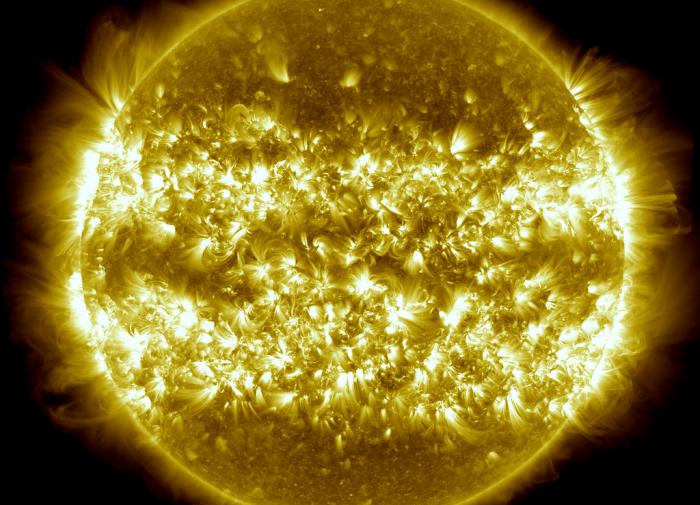A group of researchers from Tomsk Polytechnic University and foreign colleagues has developed a new technology that makes it possible to improve a promising semiconductor material – tungsten diselenide, creating nanoribbons with improved optoelectronic properties. These nanoribbons are capable of conducting chemical reactions when exposed to light, which can be used for energy production, water purification and other applications, as well as increasing the sensitivity of solar cells. The study results were published in the journal Communications Chemistry.

Photo: openverse
Photocatalysis, the process of accelerating chemical reactions using light energy, plays an important role in alternative energy technologies and other fields. It can be used to create energy and produce valuable chemicals, as well as purify water.
One of the key materials for photocatalysis is semiconductors, capable of absorbing light and converting it into high-energy electrons. The researchers note that nanoribbons made from semiconductors are especially interesting from this point of view.
Tungsten diselenide is one of the unusual and interesting substances that can be used to create nanoribbons. This compound has useful electronic and optical properties, but is difficult to convert into nanoribbons.
Scientists from Tomsk Polytechnic University, in collaboration with Austrian and Japanese colleagues, presented new technology for creating high-quality nanoribbons from tungsten diselenide and improving their optoelectronic characteristics using silver nanoparticles.
Professor Raul Rodriguezresearch school of chemical and biomedical technologies at Tomsk Polytechnic University, explained: “We changed the properties of tungsten diselenide nanoribbons by attaching tiny silver particles to their edges using laser radiation. These nanoparticles allow us to speed up the photocatalytic process and enhance the photoresponse of the nanoribbons.”
The created nanoribbon production technique is different ease of implementation and allows you to obtain high-quality material with silver nanoparticles located strictly on its edges, which improves performance. The new material provides photocatalytic reaction efficiency close to 100%, which is unattainable when using tungsten diselenide or silver nanoparticles separately.
Scientists also note that in the future, silver-modified nanoribbons can be created not only using laser radiation, but also using other energy sources, including sunlight.
